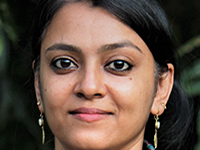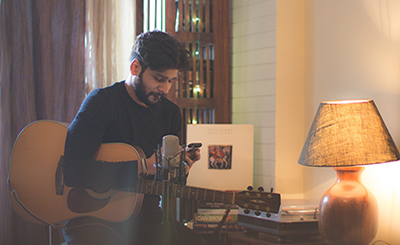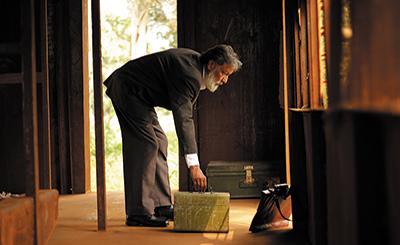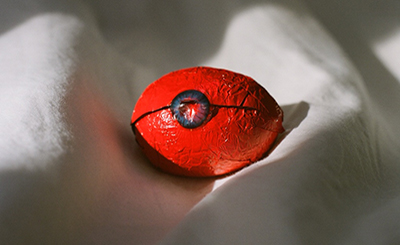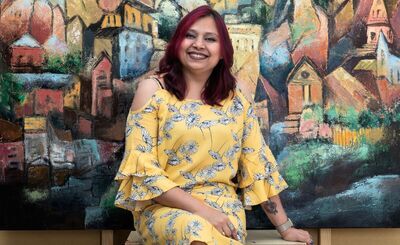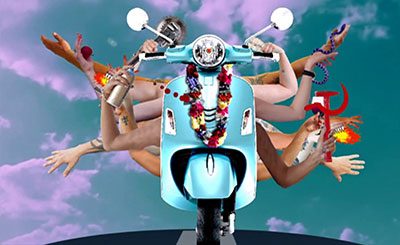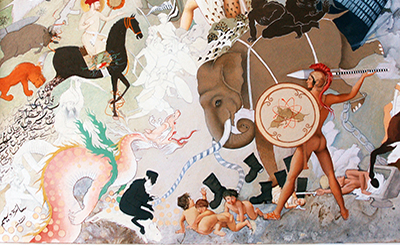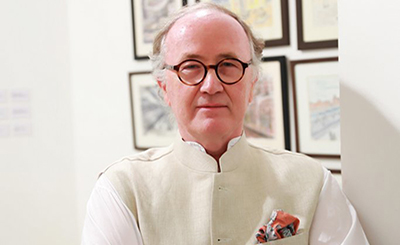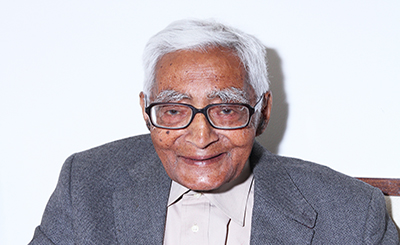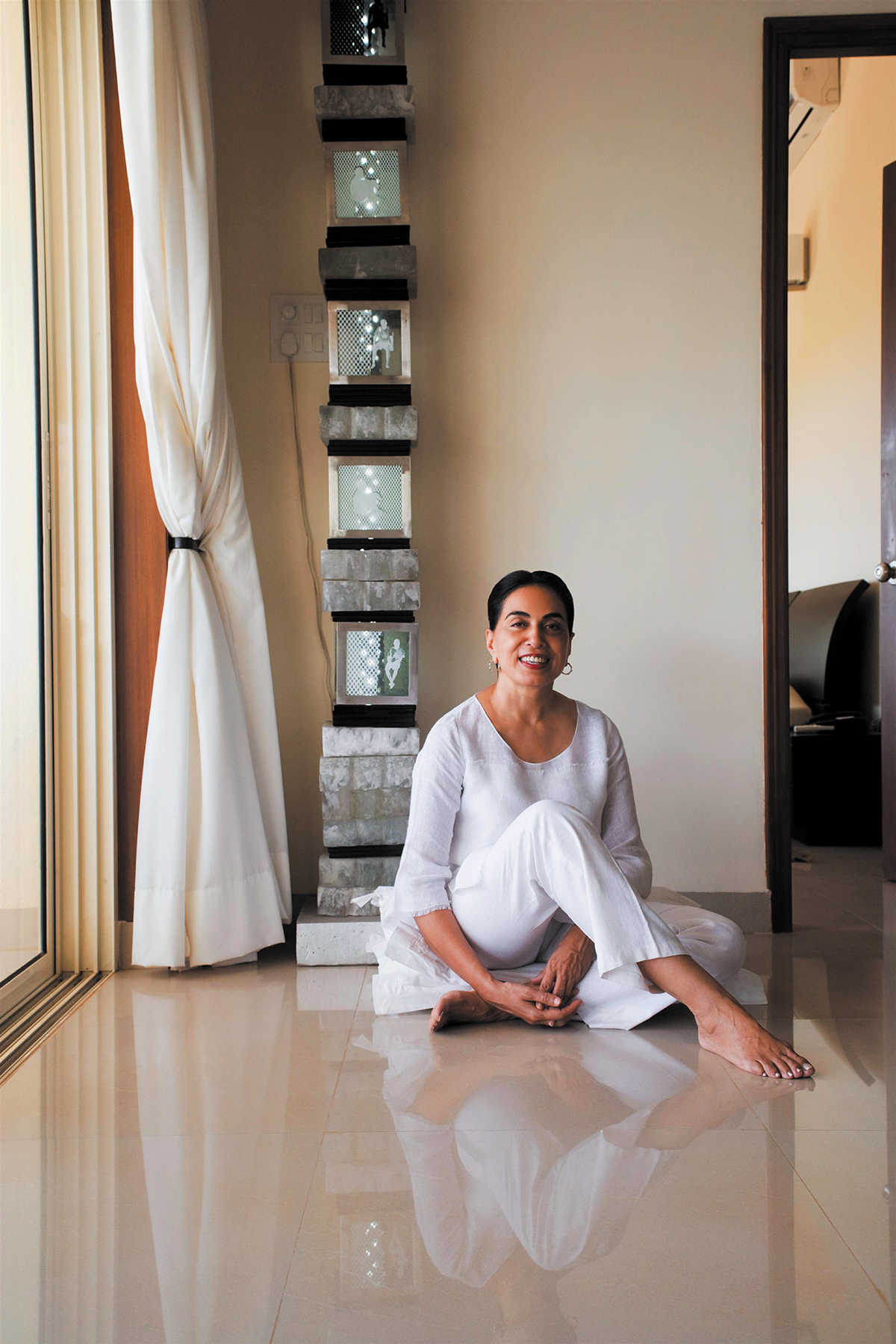
Hemi Bawa. Photos: Prabhudha Dasgupta
From her early paintings in oil and acrylics to her sculptures in cast glass, aluminium and bronze, Hemi Bawa plumbs the depths of human psyche by her stylistic and ingenious use of light, texture and contour. At a recent show, “Bodies of Light”, presented by Artspeaks India, she introduced a series titled “The Mughal,” in which the intricate jaalis of Mughal architecture and form find an expression in her screen printing on copper and glass. Her interesting transformation of waste and broken glass from car windshields has resulted in her acclaimed Torso series.
Delhi-based painter and sculptor Hemi Bawa’s inspirations and genesis as an artist have been closely influenced by three cities. She famously claims to be more influenced by what is around her than who is around her.
The artist, who works with a broad range of mediums — including paint, aluminium, bronze and cast glass — nonchalantly compartmentalizes her life’s work, almost 55 years of working with glass, as “a tale of three cities”— Delhi, Kasauli and Goa, each distinct geographically and culturally. The distinct flavours of each region are deeply enmeshed in her creative journey.
Hemi, in her early seventies, divides her time equally between the three cities and when she visits them, she finds each of their worlds bursting with unique inspirations. She says one needs to only pause and look around with wide eyes and receive the beauty that exists in the universe. The skyline, colours of nature, oceans and rivers, earth — she embraces all this in her creative process with gratitude.
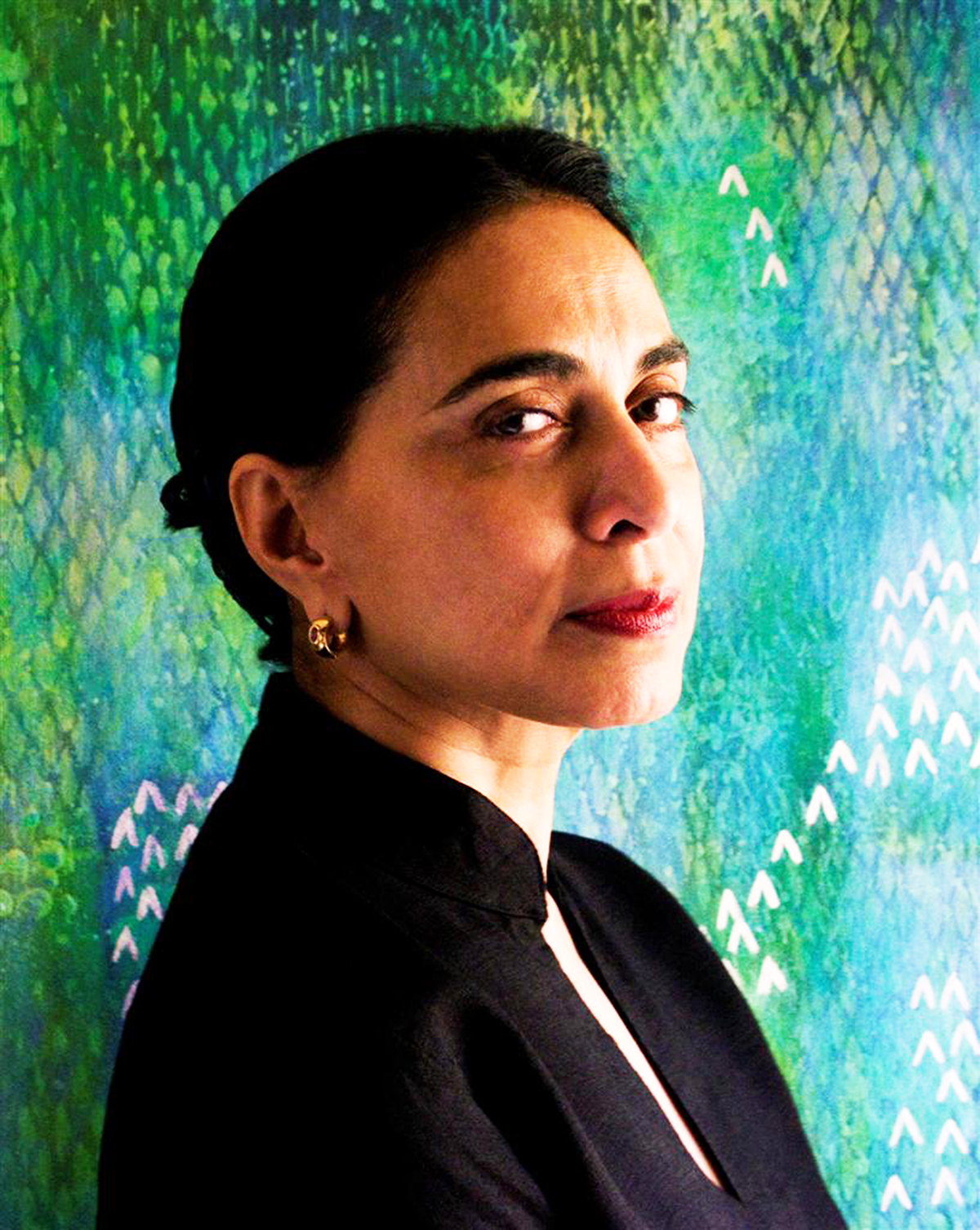
Her love for architectural forms was embedded in her since childhood and growing-up years in Delhi, which holds a special place for being the city where she was born here and also for what it has given her: Her life, family, work and her philosophy. Delhi, she says, gives her the strength, the means and the materiality to implement anything and everything she envisages and dreams of. Her recent works included in the show “Bodies of Light”, presented by Artspeaks India, also displayed a recently introduced series titled “The Mughal,” which she has started incorporating in her works in the last six years or so. The intricate jaalis of Mughal architecture and form find an expression in her screen printing on copper and glass, using copper patina techniques and industrial paint on glass, mirror, aluminium and wood to achieve a sublime effect.
These motifs, she says, are everywhere she looks in the heritage- soaked Delhi where every nook and corner has a historical monument with jaali work.
Since she works primarily with glass, texture is the key in her studio practice. Glass is a fragile yet textured medium where one can keep experimenting with texture and materiality and achieve interesting and unusual results each time.
As an artist, Hemi trained as a painter first under the tutelage of Rameshwar Broota in Triveni Kala Sangam eons ago in a Delhi of another era. So it is Kasauli, with its sublime skylines and hilly terrains, which inspires her artistic instincts. She claims she paints colours on her canvas with gusto and unwavering conviction whilst she is there. It’s always the colours of the sky at various times of the day, with hues of her visions of the mountainscapes, which are reflected in her canvases while she is in Kasauli. This series, famously titled Kasauli Series, was showcased in her recently concluded show, “Bodies of Light”.
Maintaining functioning studios in all three cities streamlines her studio practice with systemic progression. Furnaces and glass studios are maintained at Delhi and Goa whereas Kasauli is her sublime refuge for painting.
Goa remains her all-time favourite for conceptualising her glass sculptures. Here, the hues of the blues and greens of the rivers and sea fuel her fascination for her next series in glass.
Regular engagements with flower women sellers in the local markets have inspired an entire series on “Flower Women of Goa” in which she has contemporarised the quintessential Goan flower woman within her mediums of glass, copper and wood. Sculptures of the women sitting and selling flowers, with flowers adorning their hair, are amongst the vistas which Hemi has successfully created to much acclaim.
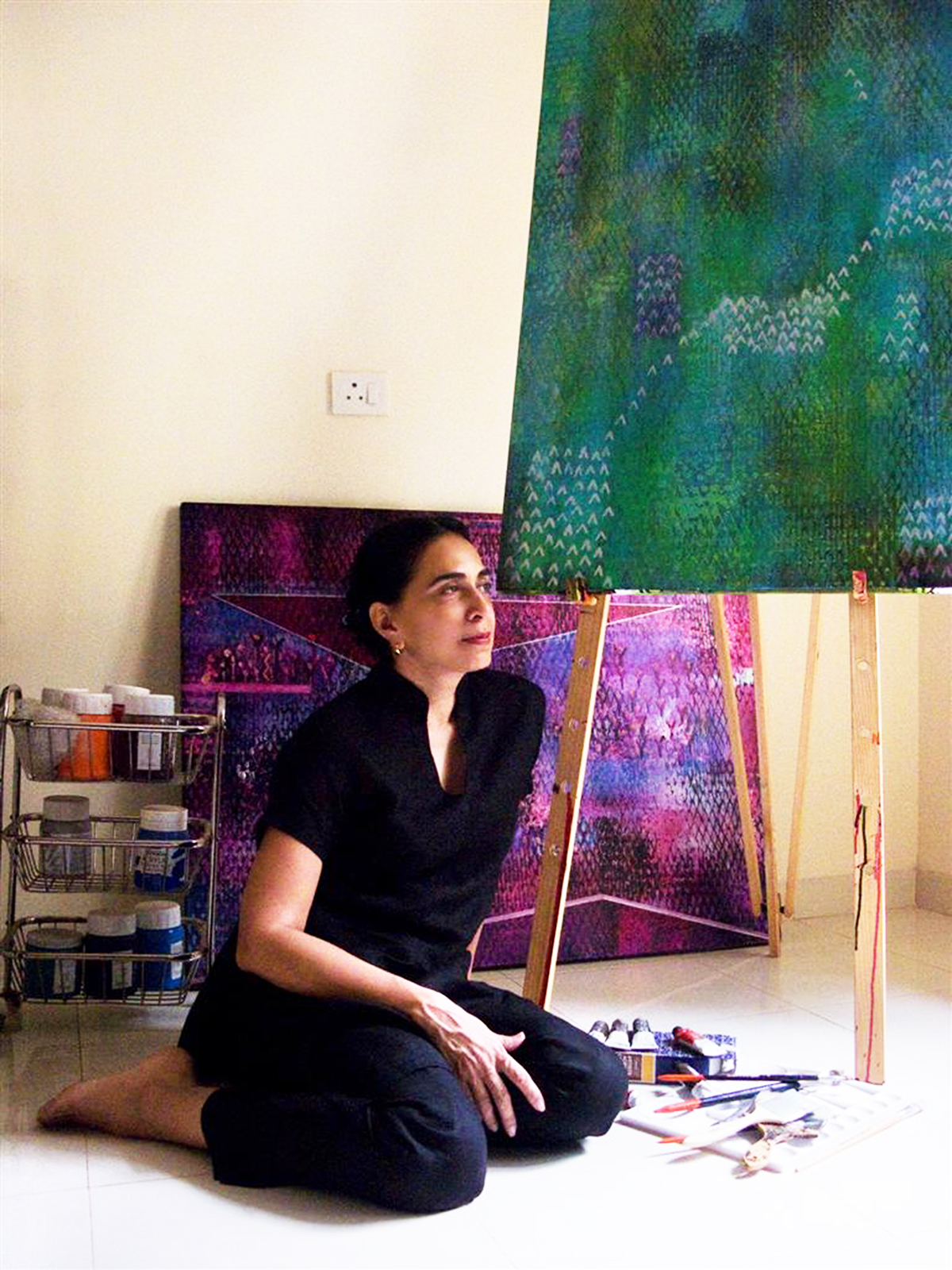
The artist has been working on another show, set to be organised at Bikaner House in New Delhi sometime next year. She wants to collaborate with museums and work in sync with their heritage, but with her contemporary inputs and sensibilities. Sustainability continues to mark her commitment towards the arts; her interesting transformation of waste and broken glass from car windshields has resulted in her acclaimed Torso series. The experimentation with materiality is her mantra for tomorrow.
Excerpts from an interview:
How does one become a glass artist? How did you get introduced to the medium and learn the techniques?
I have always been painting. I wanted to try my creativity with something three-dimensional; I started with clay. When I was baking clay, I started experimenting with some glass particles on it. The results were very interesting, it evolved from there onward. I took some workshops in England to learn the technique and have been working with it ever since.
What are the qualities of the cast glass medium that attract you? Please share a few examples of the way in which these qualities extend your expressive processes.
What attracts me to the medium of cast glass is the rugged look and feel, the strength, and the way it attracts light and traps it. Blown glass to me is fragile and has a different behavior. That is why I prefer casting glass.
What are the challenges an artist faces when working with glass? How do you navigate the various technical and practical difficulties that arise out of working in this niche field of practice?
Glass is an unforgiving medium. A little damage to the piece and it has to be thrown away. The procurement of raw material for glass is another challenge. In India, we do not have a source for studio glass, so I have to make do with normal glass waste that is available. The results often vary, and temperatures have to be controlled with different types of glass and a different volume of glass. Technically, furnaces require three-phase electricity and, therefore, it has to be located within an industrial zone. There is also manpower required for physical work — one has to navigate all this to continue working.
As an artist, you have been working with a variety of mediums — you have continued your painting practice even while experimenting with varied sculptural mediums and combinations of materials with glass. You have also integrated diverse techniques like metallic layering and screen printing within your work. Would you comment on how you have built a reciprocatively meaningful relationship between your conceptual explorations and the mediums you use?
When I conceptualise a sculpture, it speaks to me. I start adding whatever it requires — sometimes copper, sometimes images with pigments fired onto the glass. On occasion, I use metallic colours; sometimes textures take the lead. It evolves as the artwork progresses; it is like a journey. I do not leave the artwork until I am satisfied with the end result.
Your visual sensibilities often lean toward abstract spatial arrangements and more universal representations of life. As an artist, what is your process of finding a balance between your internal/personal experiences and the stimulus of a constantly fluctuating and chaotic external world?
I feel that it is important to find the calm inside to progress and evolve. One cannot grow if there is chaos inside. You have to cut out the noise. It is a beautiful world, and we have to find that beauty outside and inside us. This creation that surrounds us is fascinating. As humans we are fascinating beings. What all it is possible to achieve when we want to and put our intentions to. People are constantly reaching great heights despite having enormous handicaps. We just have to conduct ourselves in a positive direction.
What have been some of the highlights and turning points in your artistic career — opportunities, places, curators, exhibitions, specific projects, etc?
One of the greatest highlights of my career was my sculpture for the Olympic Games at Atlanta (1996), also being invited to the Corning glass museum in America. Getting the Padma Shri (2009) was an immense honour. All these and more have helped me have faith in myself. Being honest to myself and my art has worked the best.
What are your current and upcoming series of works? Please share a little bit about how the Torso series have become prominent, and your use of recycled glass as a material.
The Torso series is a representation of a human being. Physically they may seem a little different but essentially, they reflect the same context. The current series of Torsos explore the physical and conceptual experience of being locked in during these difficult and challenging times.
What can be done to bring about a greater awareness and appreciation of glass art? What is your advice to younger artists who might want to pursue the field of practice?
Glass is a fascinating medium, everybody is attracted to it. If the practical conditions to pursue it became a little easier, then more young artists would be encouraged to experiment with it. The availability of studio glass, space, facilities for electricity etc all has to be considered. My advice to younger artists is — if you really want to do something you will find a way. I did.
More from Arts
Comments
*Comments will be moderated



